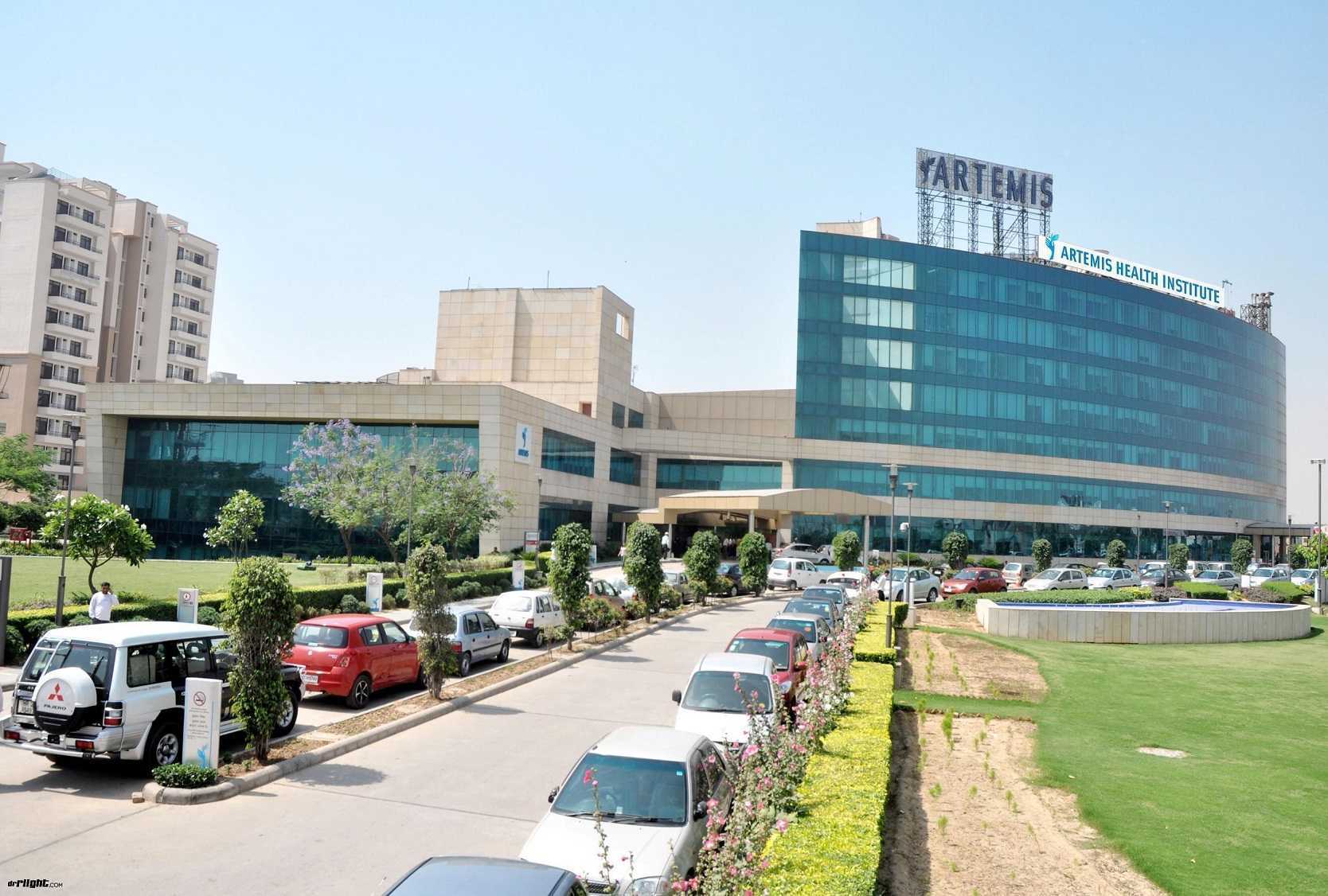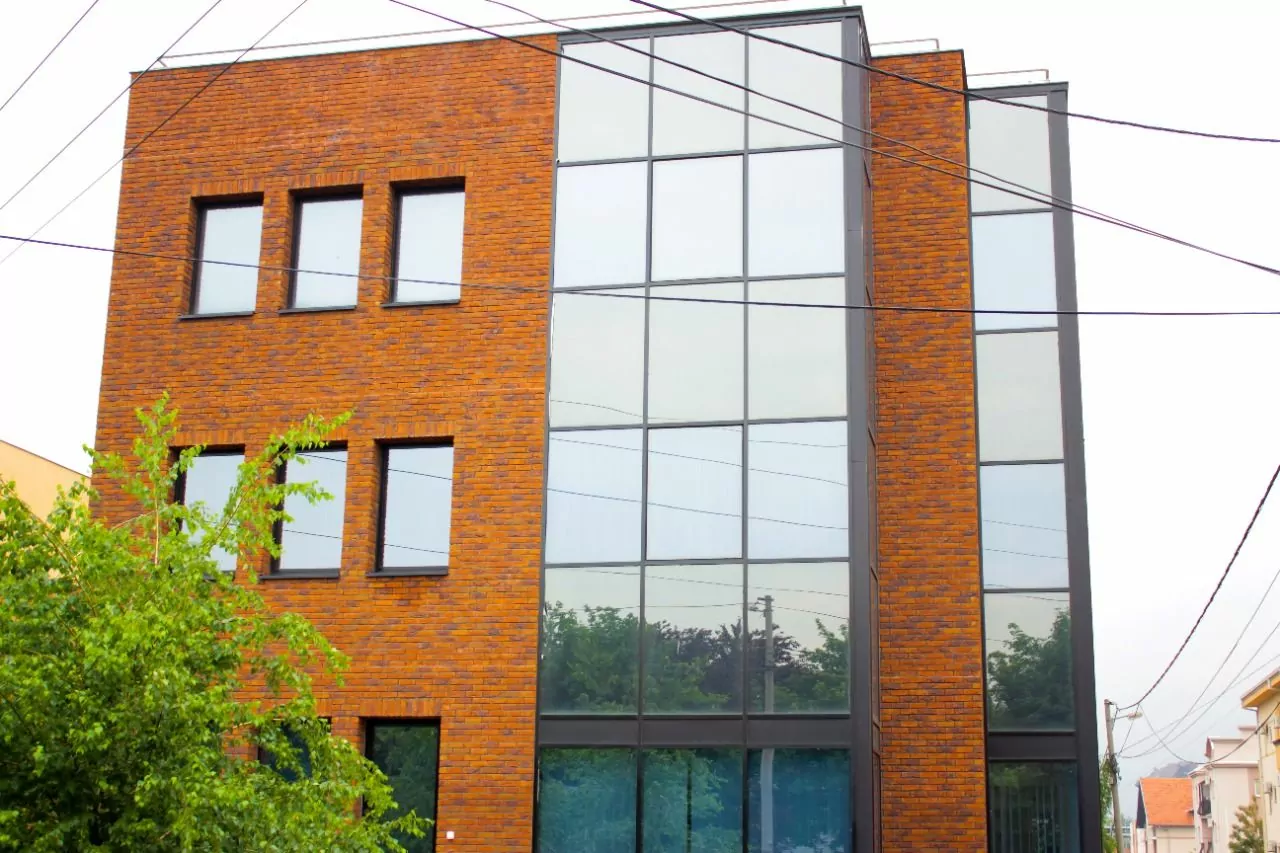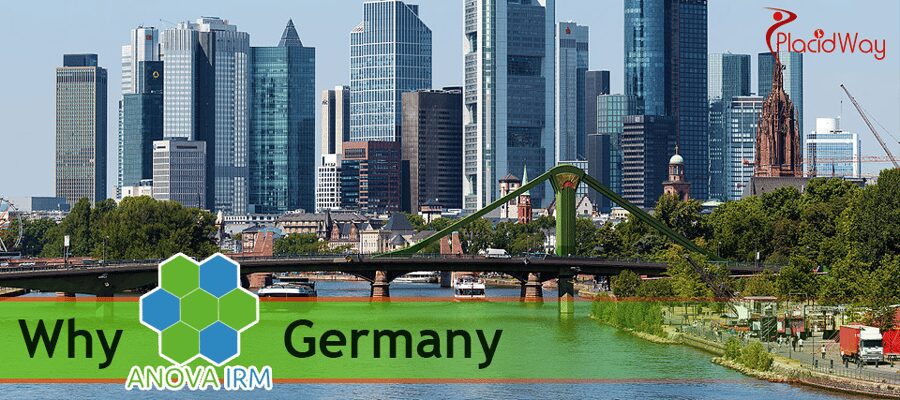Ankylosing spondylitis/Bechterew’s disease: Disease Nature and Cure Methods
Ankylosing spondylitis – pathology provoking inflammatory processes development in the spine, eventually leading to vertebrae fusion. When its individual elements merge, the spine loses its flexibility, deforming a person’s posture. The spine takes on an arcuate curved shape, making the person hunched over. Pathology can affect the ribs, leading to breathing difficulties.
Mostly, the disease occurs in men. Symptoms begin to manifest themselves at an early age. Simultaneously, inflammatory processes can spread throughout the organism, affecting other systems.
Causes of ankylosing spondylitis development
Exact ankylosing spondylitis roots haven’t been identified. Nevertheless, medical community representatives talk about its genetic nature. Particularly, the HLA-B27 genome contained in human DNA is a catalyst for pathology development. This gene is predominantly inherited, but its presence isn’t a 100% guarantee of the illness onset.
It’s also worth noting that in men, pathology is diagnosed more frequently. Mostly, patients are in the category from 18 to 23-24 years.
Ankylosing spondylitis symptoms
Among the early symptoms for ankylosing spondylitis, the main ones are constrained and strong pain in the lower back and hips. Particularly, people feel it in the morning and after a long resting period. Additionally, there’s often a slight but prolonged ache in the cervical region, and causeless fatigue. Certain general Bechterew’s disease symptoms are as follows:
- pain in the above areas intensifies at rest, and becomes less noticeable when the body is stressed;
- with eye damage – eye white becomes red, eyes are too sensitive to sunlight; sometimes turbidity is noticed.
Ankylosing spondylitis diagnosis
Ankylosing spondylitis (Bechterew’s disease) is difficult to diagnose, since it progresses slowly and doesn’t have an exact lesion. Characteristic symptom, as already mentioned, is spinal region pain. If the pathology presence is suspected, the following diagnostic methods are used.
- Complete blood tests – inflammatory processes determination.
- If inflammation is confirmed, a rheumatologist conducts an external spine examination and prescribes an MRI, X-ray or ultrasound.
- Genetic component studying. Doctor takes a blood sample to study it for HLA-B27 presence.
Ankylosing spondylitis treatment
Ankylosing spondylitis belongs to incurable pathologies. Treating ankylosing spondylitis helps relieve symptoms and prevent vertebrae fusion.
- Physiotherapy. Special exercises maintain the spine tone and maneuverability, preventing the tightness and stiffness feeling, eliminating pain. Patients work in a group, undergo a massage course, try therapeutic bath cure and may resort to self-fulfillment of individual programs.
- Medical therapy. The doctor prescribes painkillers and meds aimed at preventing inflammatory processes development – relieving joints swelling.
- Biological technique – meds against tumor necrosis. If pathology progresses, and it’s impossible to control the symptomatology with painkillers, doctors resort to this method. These are special injections reducing inflammation.
- Surgical intervention. Mostly, ankylosing spondylitis surgery isn’t required. Nevertheless, it’s necessary to replace the joint to reduce the area affected.










